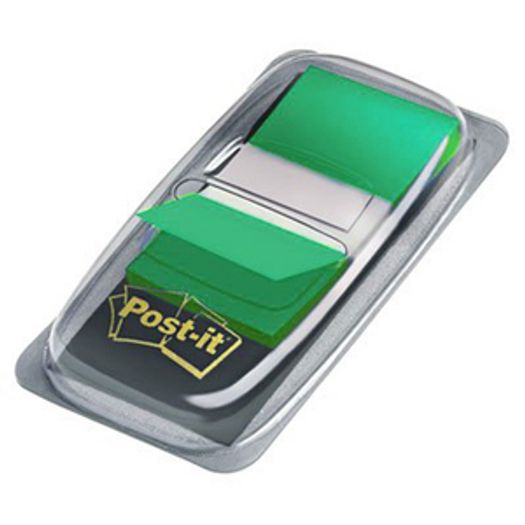


He failed and ended up paying a technical support group to fix the problem. Instead, they recommend reformatting or wiping the hard drive completely and reinstalling everything from scratch.Ī friend of mine received the “FBI Pornography” ransomware and tried everything in his arsenal to remove it because he did not have any of the accused files on his system. This process worked for me, this time, but most security professionals discourage using System Restore to remove ransomware. If you’re certain you want Windows to reset your system to the Restore Point/Date displayed in this dialog box, click the Finish button. The System Restore will not delete your pictures, music, movies, or documents, but it removes the files that were installed since the restoration point/date. I went to Control Panel > Programs > Uninstall a Program, sorted the programs by installation date, then deleted any programs that had been installed that entire week.ħ. I took my PC offline, then cleared my browser history and deleted all my cookies. The first time I received ransomware, which demanded payment of $300, I tried to fix it myself.
#Neon drive antivirus software
Cybersecurity software & services company Symantec noted that 67 different organizations were infected by SamSam malware. A total cost for recovery is unknown, but apparently the city was prepared to pay up to $17 million, based on information obtained by the Atlanta Journal-Constitution news outlet. The hackers asked for about $50,000 in bitcoin payment, but the payment portal became inaccessible, leaving the city to its own devices. The city’s computer systems were infected with the SamSam ransomware. The story of what happened to the city of Atlanta, Georgia, shows the challenges of responding to ransomware attacks.


 0 kommentar(er)
0 kommentar(er)
